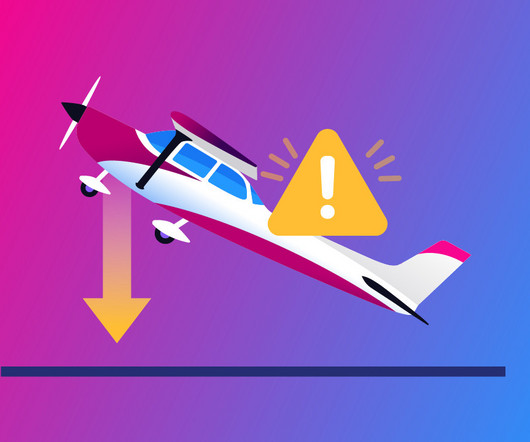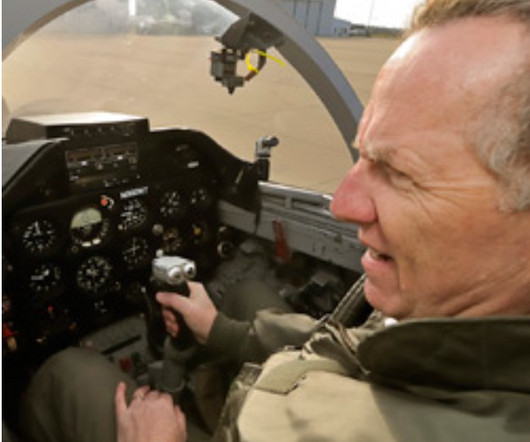Power-off Stall: Recovery Steps Made Easy
Pilot Institute
NOVEMBER 2, 2024
The ACS states that recovery should be completed no lower than 1,500 ft AGL for single-engine aircraft and 3,000 ft AGL for multi-engine aircraft. Maintain Control and Increase Airspeed It’s important that you add right rudder to neutralize the aircraft’s left-turning tendencies.











Let's personalize your content